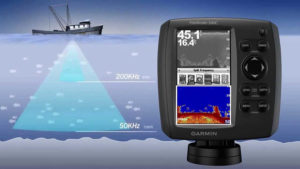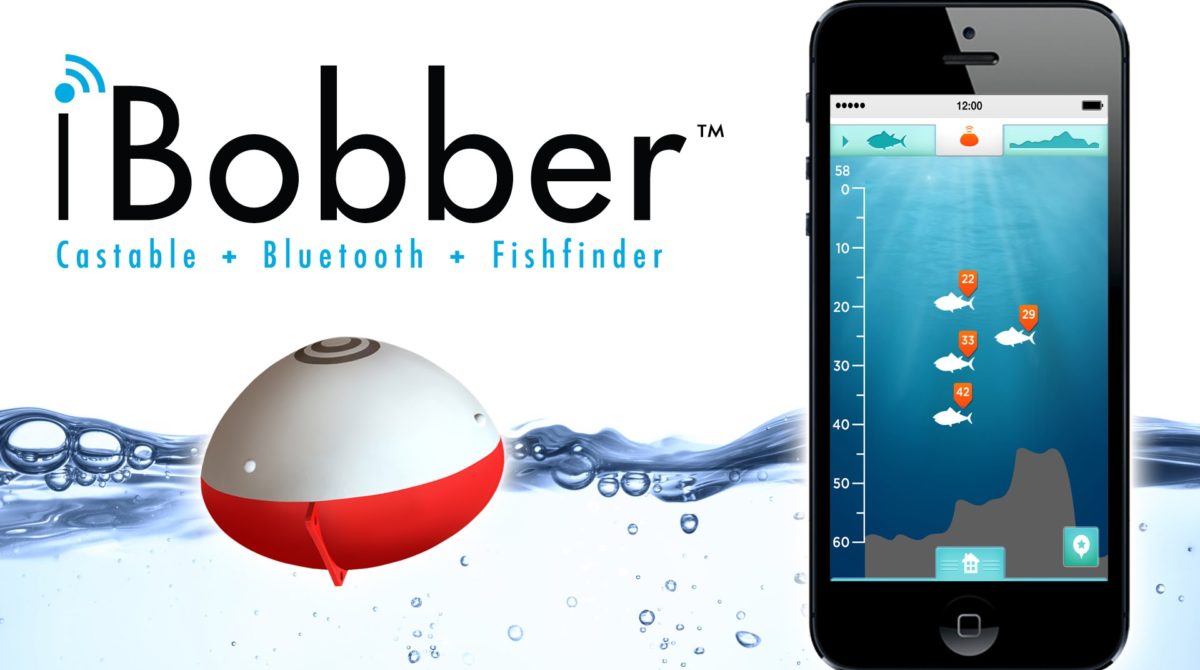
Fish finders are complicated but common devices that lots of anglers often hear about and might have, but never completely understand how one really operates. Many anglers have no idea comprehend the basics of methods one of these simple machines works. The person parts have essential jobs, and also the science behind ‘Angler’s best friend’ is very intriguing once you understand how everything functions. It might appear like something that’s near the point, but understanding how a fish finder operates, functions, we’ve got the technology behind it, and just what every component does will help you become an infinitely more advanced angler over time. While you do not need to become researcher to become in a position to catch a lot of bass, but just comprehending the basics and mechanics of methods a fish finder operates will help you greatly. Despite the very best fish finder on the planet, without sufficient understanding on which a fish finder really does, you will not have the ability to make full use of your fish finder.
Areas of a Fish Finder
The very first factor you should know in regards to a fish finder is the fact that these gadgets comprise several critical factors.
?The fish finder transducer is negligence the fish finder that will the most work. It transmits out and reads sonar waves to be able to judge the space, size, and form of objects it bounces from. There are many kinds of transducers which have specific advantages and downfalls in line with the applications. The transducer may be the operative area of the fish finder, where you choose to place it is crucial.
?Another area of the fish finder may be the display. This is actually the component most generally seen by users, which is negligence the fish finder it will cost much of your time getting together with. The display shows the data the transducer gathers, and causes it to be readable. There’s an abundance of options with regards to fish finder displays. Some fish finder displays only show information in black and white-colored, while some have been in color, 1920 x 1080p resolution, and 30 fps. Some fish finders displays the data as raw “arches” or lines, while more complex ones can have icons that distinguish objects.
The transducer and display would be the two major areas of a fish finder, however the cord and display mount are a couple of more essential components.
Piezoelectric Crystals and Sonar Waves
The integral element of the fish finder is again, the transducer. Transducers don’t just magically view the foot of the sea and return these results, but instead utilize complex mechanics to transmit out sonar waves and also the same strategies to read them when the recover. Sonar waves could be regarded as a noise, just like a clap or perhaps a shout. This noise is able to traverse the sea, and bounces back once it touches any object. The term transducer really just describes something that converts energy in one form to a different.
Inside a fish finder transducer, first Electricity electricity is transformed into AC, after which electrical power is changed into seem energy (sonar waves). The transducer converts electricity into noise via small crystals. These piezoelectric crystals are extremely particularly formed, and therefore are really grown in large labs. Ferroelectric where coded in Japan, around the same time frame where radars were becoming employed for commercial applications. Cultured crystals are often made from either barium titanate or lead zirconatetitanate, as many years of research have proven that fundamental essentials most effective at converting electricity into seem. When uncovered to electric currents, the crystals will grow or contract.
The main reason alternate current can be used instead of household power is so the crystals will quickly expand and contract, vibrate, and eventually produce seem. Once these seem waves return, the crystals vibrate again. The transducer computes how lengthy it required the sonar waves to visit to be able to determine the space, after which transmits these details towards the fish finder’s display so that it is construed as visual data. Basically, in case your transducer has an issue with its crystals, than you will not get great results.
Conclusion
Fish finders are extremely complicated, and there are plenty of massive words used that describe the part of the fish finder and it is components. Never be frustrated – utilizing a fish finder is a lot simpler than knowing building one. It’s smart to a minimum of understand how one of these simple devices work. It could seem like something a compound engineer might have trouble understanding, but it may be simplified – all that you should know would be that the transducer contains crystals, these crystals vibrate when shocked, which vibrations create seem. The display shows us what we have to see, so we can catch more fish correctly. The main reason you should know this stuff happens because when you are installing your fish finder, you should know the fundamentals of the ins and outs, and it’s important to understand how it operates to use it towards the max.
